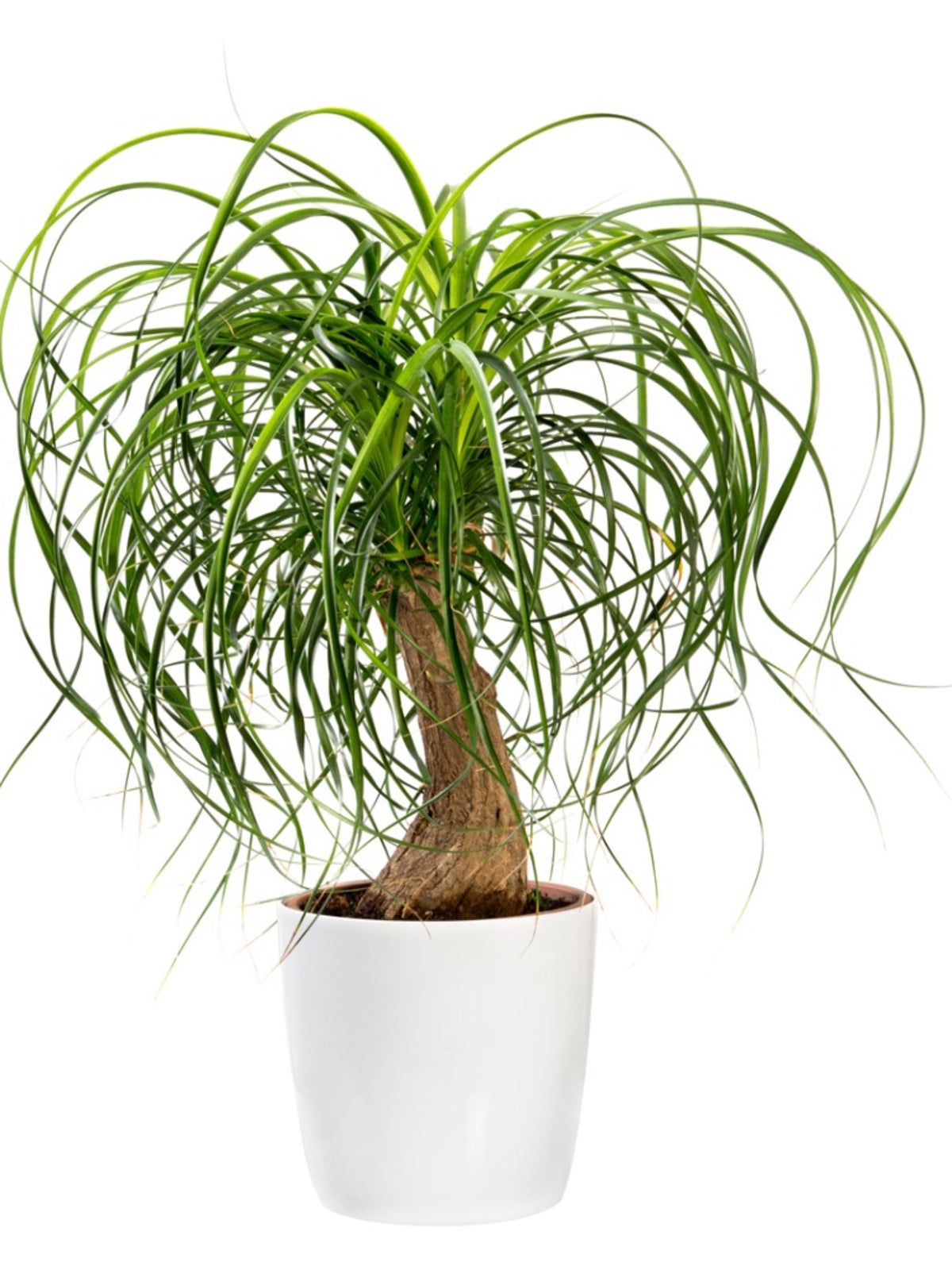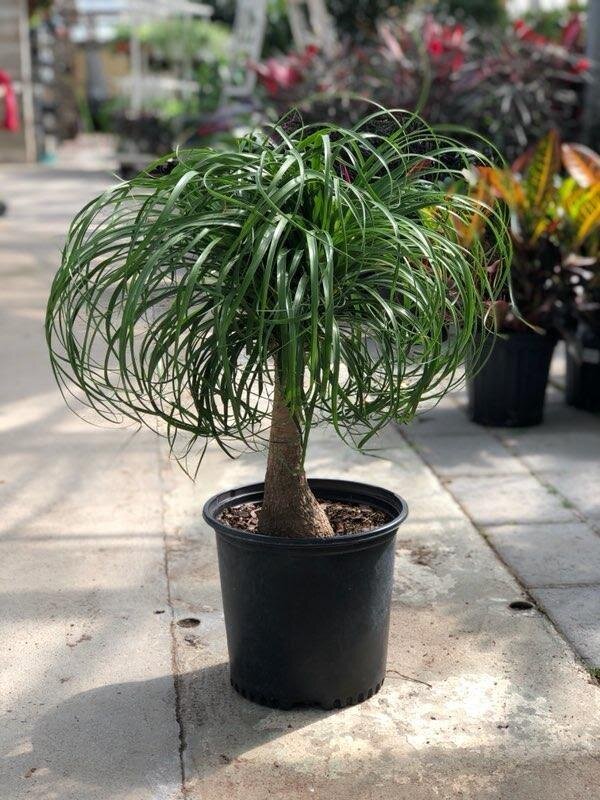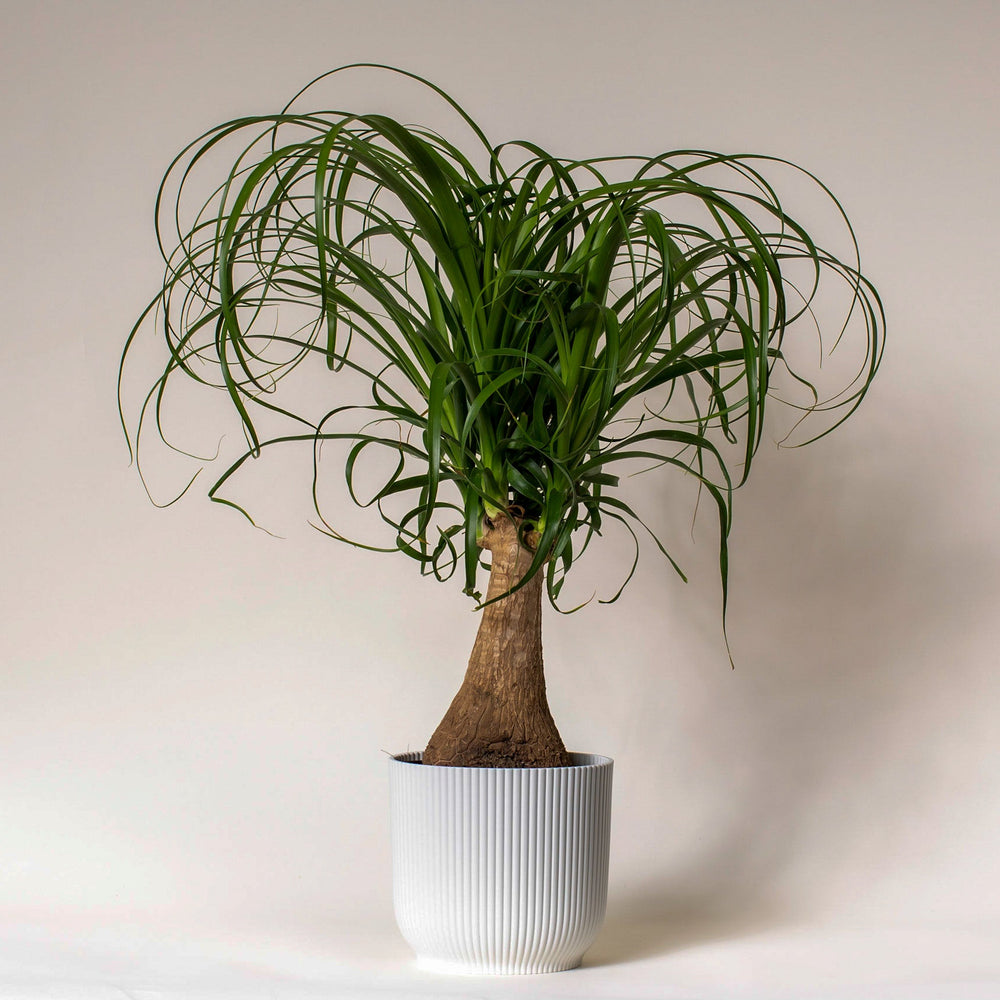If the top of your ponytail palm tree broke off and you’re not sure what to do, let me inform you that difficulties frequently arise when people move homes or move the tree to a new area. Since these palm trees are essentially succulent plants rather than true palms, the problem of the damaged top can be fixed. Let’s tackle the issue now.
Ponytail Palm Top Broke Off
Ponytail palm tops have broken off as a result of moving houses while being loaded into a moving truck, moving trees, or unexpectedly falling while being moved. The ponytail palm’s broken top will not take root in an attempt to solve the issue since it is challenging for the plant to develop from the broken section. Allowing the present trunk to grow extra branches is a good idea. No, the tree won’t sprout branches from the top, but it might sprout them from the sides of the trunk. It will take time for the palm tree to mature, so patience and care are required. Another possibility that occurs when the palm tree is mature is that a young ponytail palm may pop out from the base of the trunk.
For the new cut to be able to communicate to the plant that it needs to produce branches, some people even trim the top further, to a length of 2-3 inches from top to bottom. You now understand that the care required is vital since these palm plants require both the necessary water to stay wet and direct sunlight or filtered light to flourish.
Make careful to water them promptly because they prefer warm areas and don’t appreciate dry soil. Additionally, water the plant until water drains from it. Another sign that the pot has no drainage problems is that the soil is neither too wet or overwatered, both of which can cause rotting. Check the soil for moisture before watering the ponytail palm. If they are 2 inches wet, they don’t need water; if not, feeding them water makes them happy.
If you have a ponytail palm that is not too large, bring it inside during the winter. Use a heater or any other means to provide warmth indoors. If you have a huge palm tree, it needs to be pruned in the summer so that the dead leaves can be removed. Pruning the foliage that has completely dried out, turned brown, and is no longer growing allows the other leaves and trunk to benefit from the nutrients that would otherwise be spent on the dead leaves.
Ponytail palm may also require fertilizer during the growing season to promote its growth. Read the directions on any liquid-based plant food before using it. Generally, you must take the following actions:
Purchase live ponytail palm trees.
Buying on Amazon
Shop at ETSY.
Ponytail palm top turned black Problem
Because the plant first displays various indicators like yellowing leaves, sogginess, and improper development, it doesn’t come immediately. Your plant might not survive and die back if this occurs.
Now you have two inches above the bottom of the trunk where you can scratch or make a tiny slice incision. You may be able to rescue it if you detect green or moisture; otherwise, you may observe dry, woody stems.
Good luck if you discover any green on the trunk. You can save your plant. All you have to do is properly repot the plant in a new pot with well-drained potting soil. Additionally, remove the top inch of the black trunk, as you would typically do. The growth of the ponytail palm takes 1-2 months. Some people have had the experience of waiting for a miracle to occur for months, such as the palm tree to grow back after waiting for 4-5 months.
Broken ponytail palm branches
There won’t be much of an influence on the main trunk if your ponytail palm tree has two to three branches and a little or large branch that is severed from the main branch or secondary branch. The plant will continue to develop regularly and grow as it does. If you’re wondering if the broken, severed piece will grow in another pot, read on. The reply would be, “Try it; you might like it.” Essentially, it might grow roots OR it might not be able to root and perish. There are occasions when a branch is split from a location where it doesn’t form roots, in which case it will also not grow.
Ponytail palm facts
First of all, although having leaves that resemble palms, they are not palm trees. They are slow-growing, gorgeous-looking trees with ponytail-like leaves.
My Thoughts
See also:
Broken stem of an elephant ear plant



